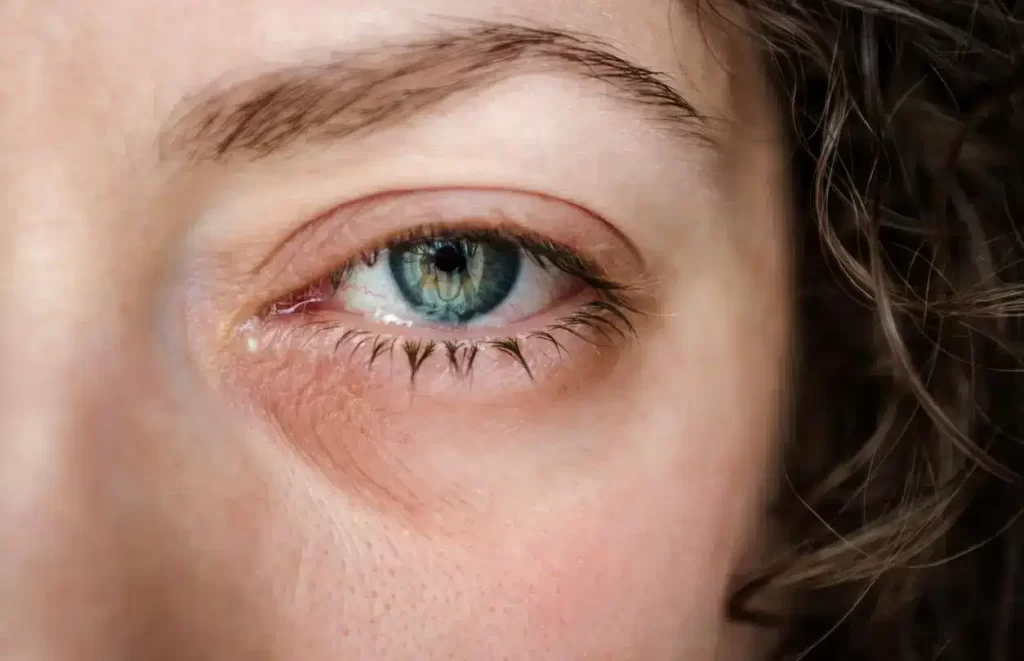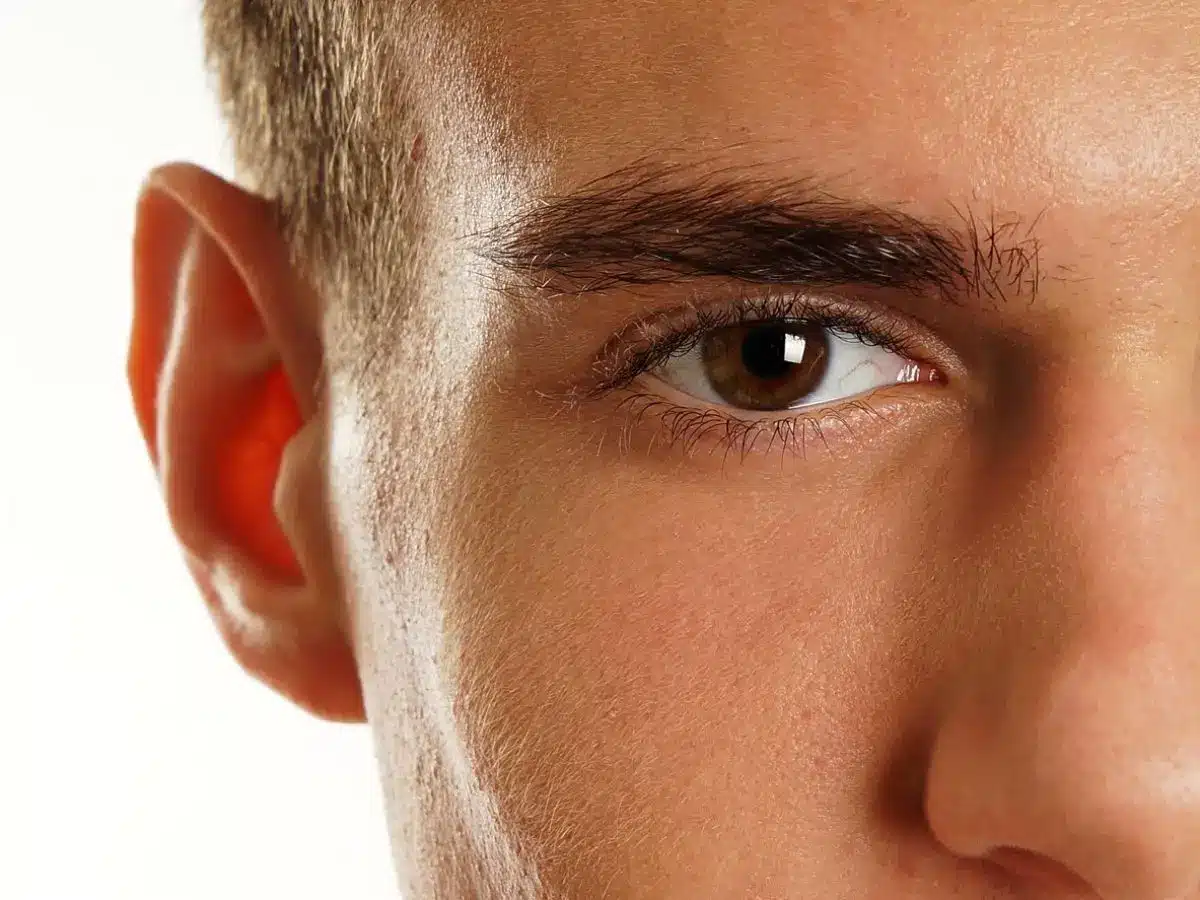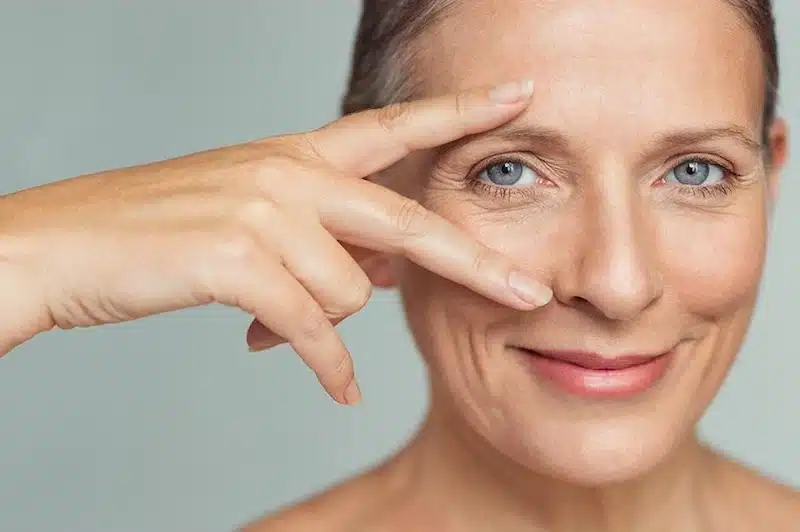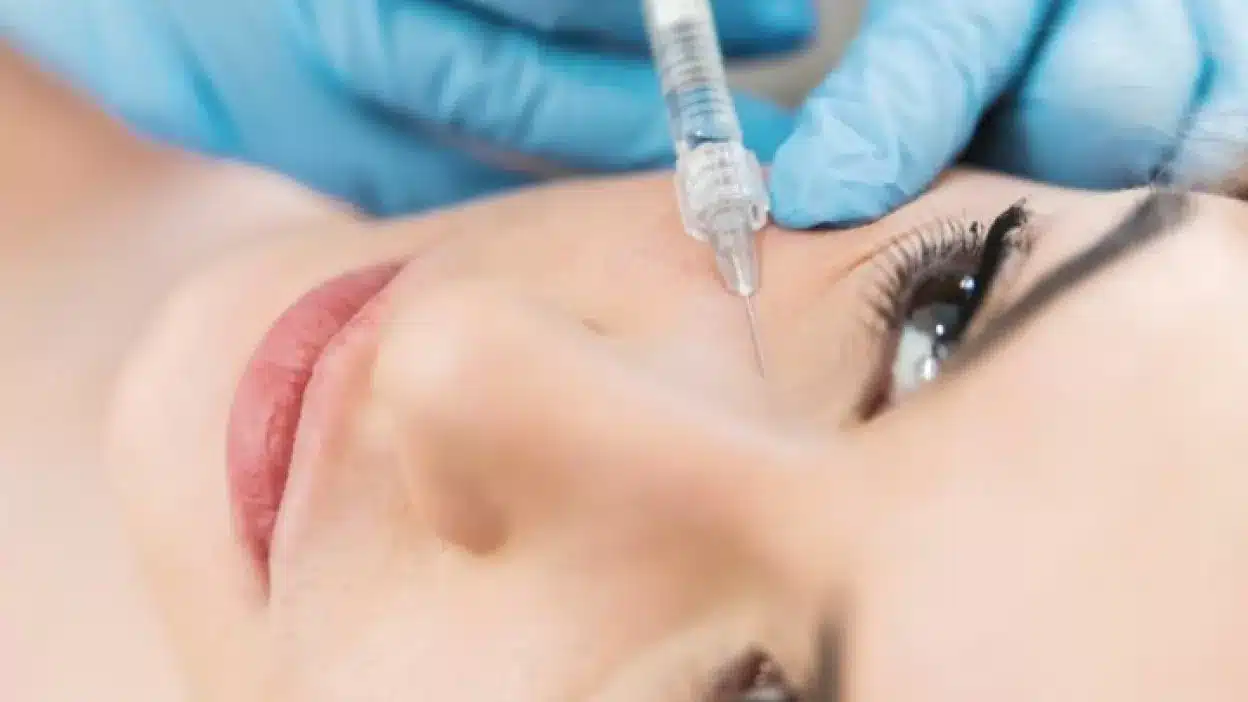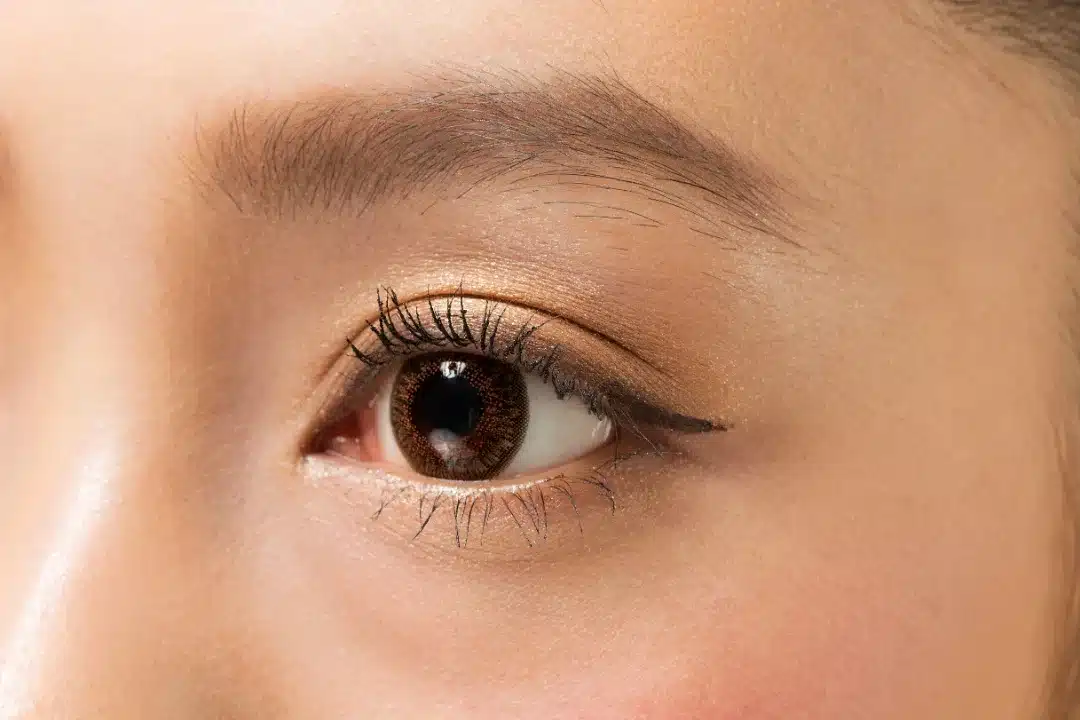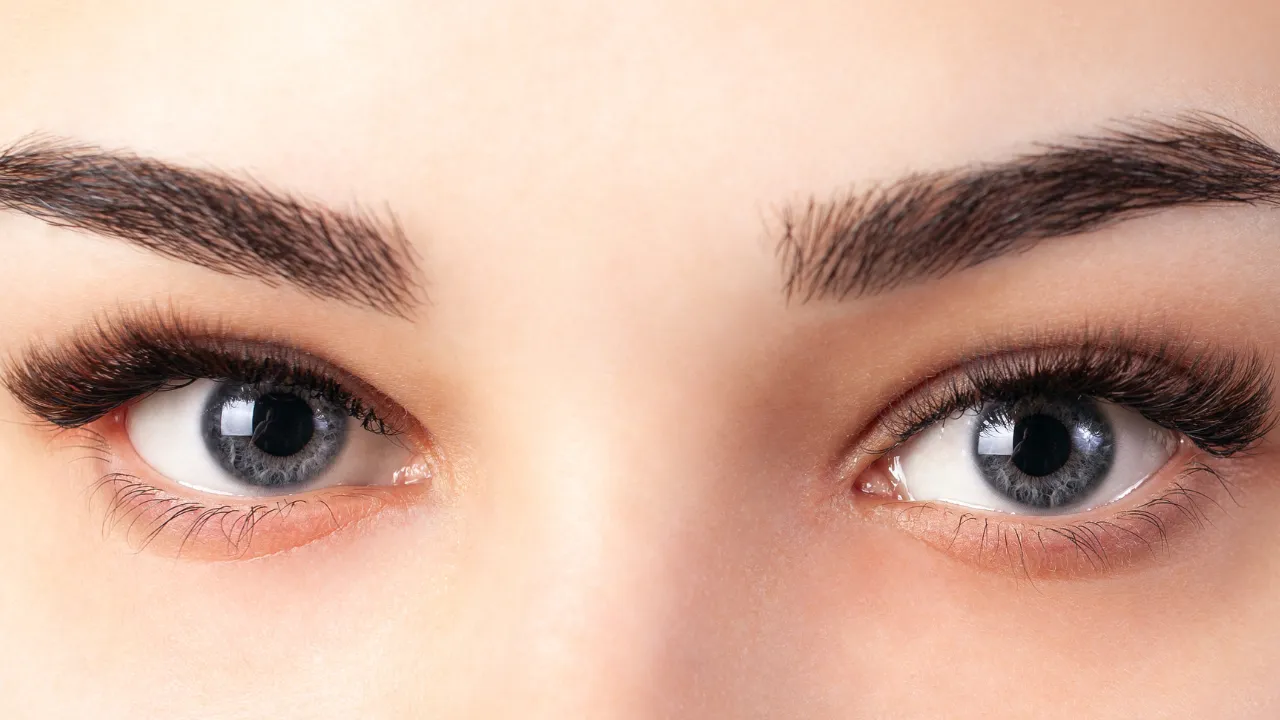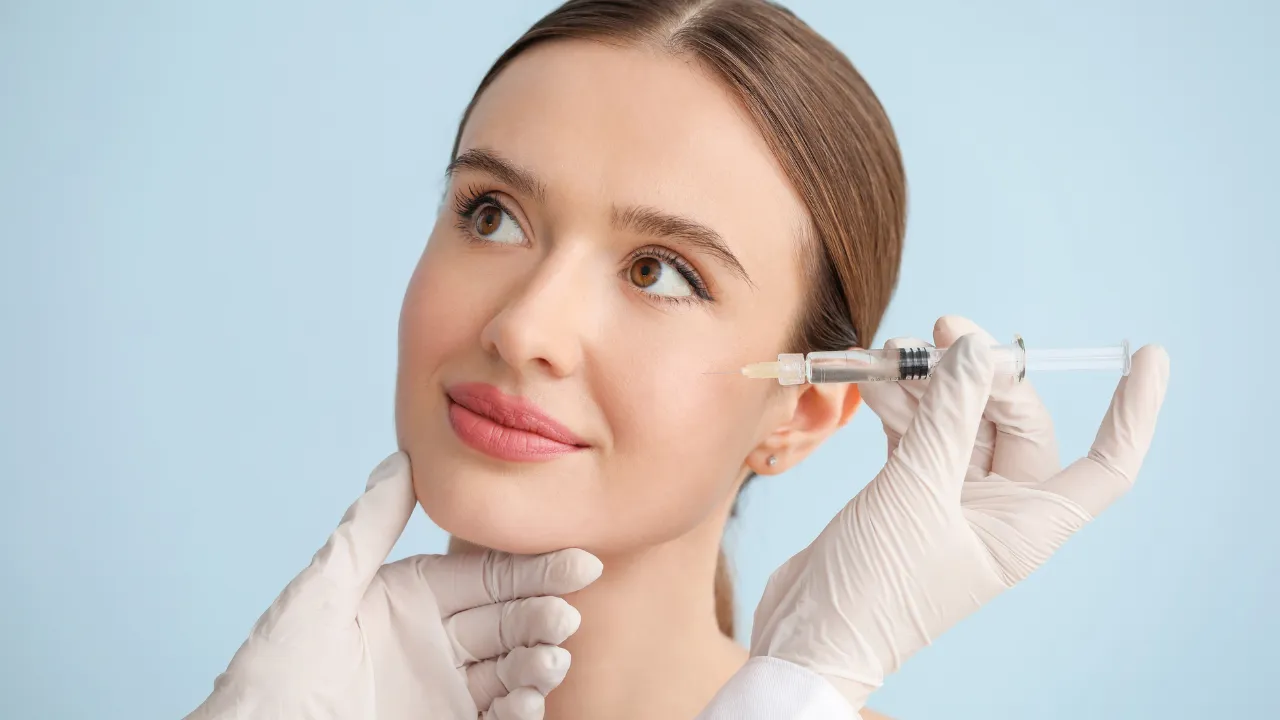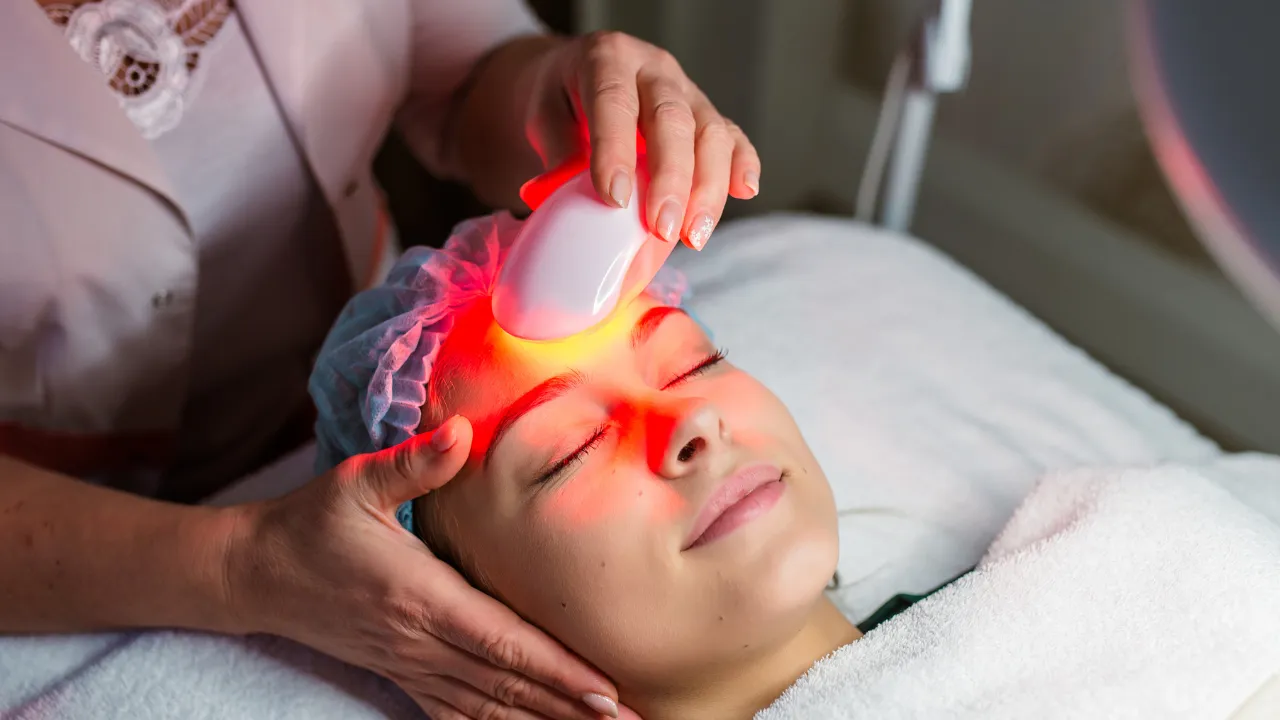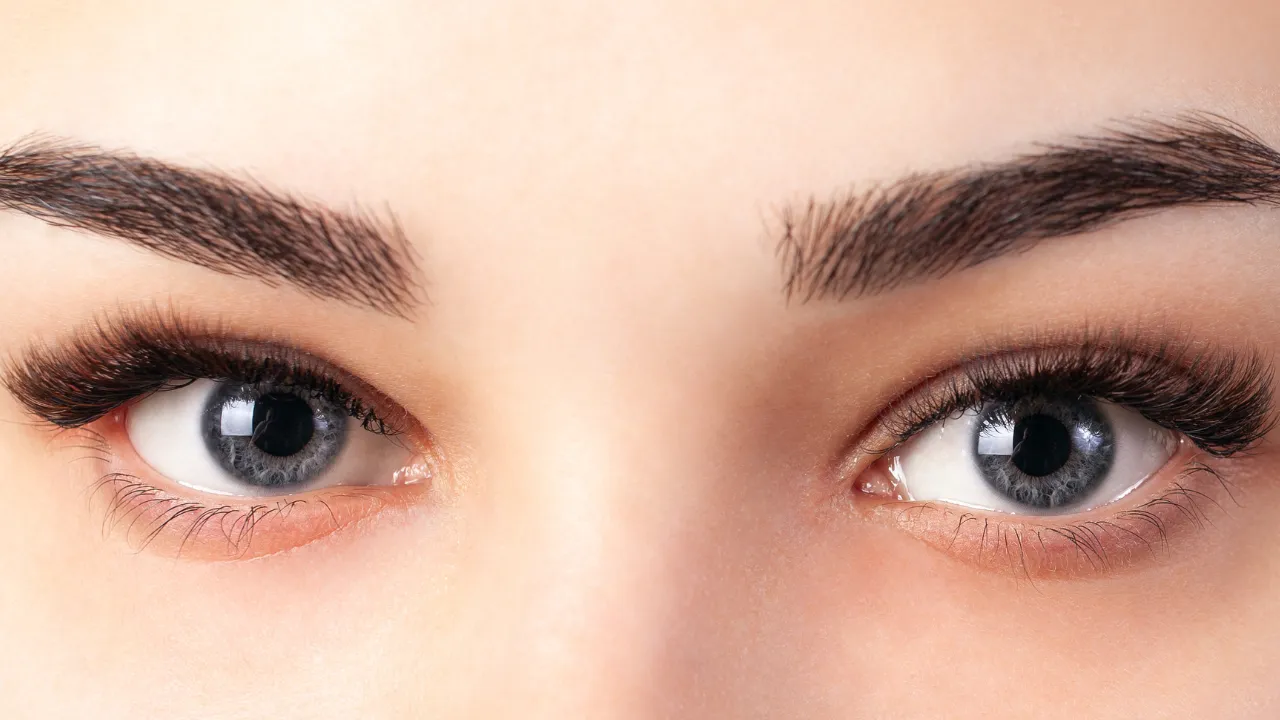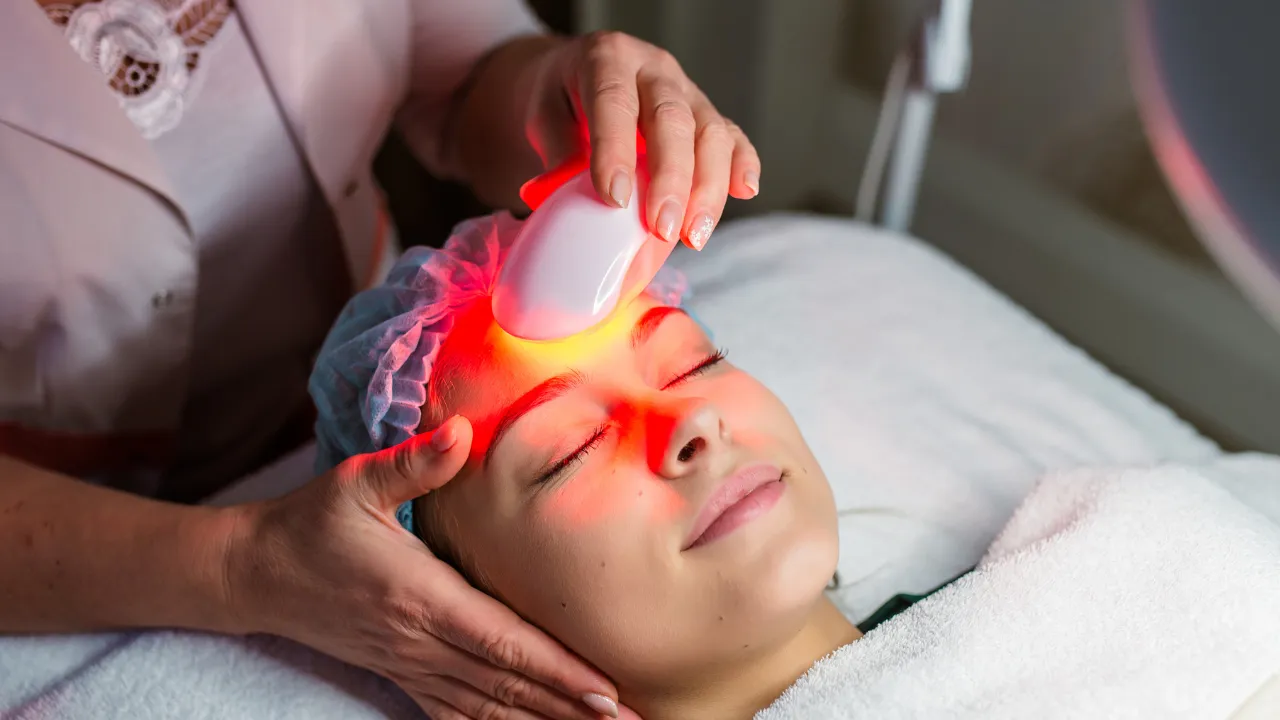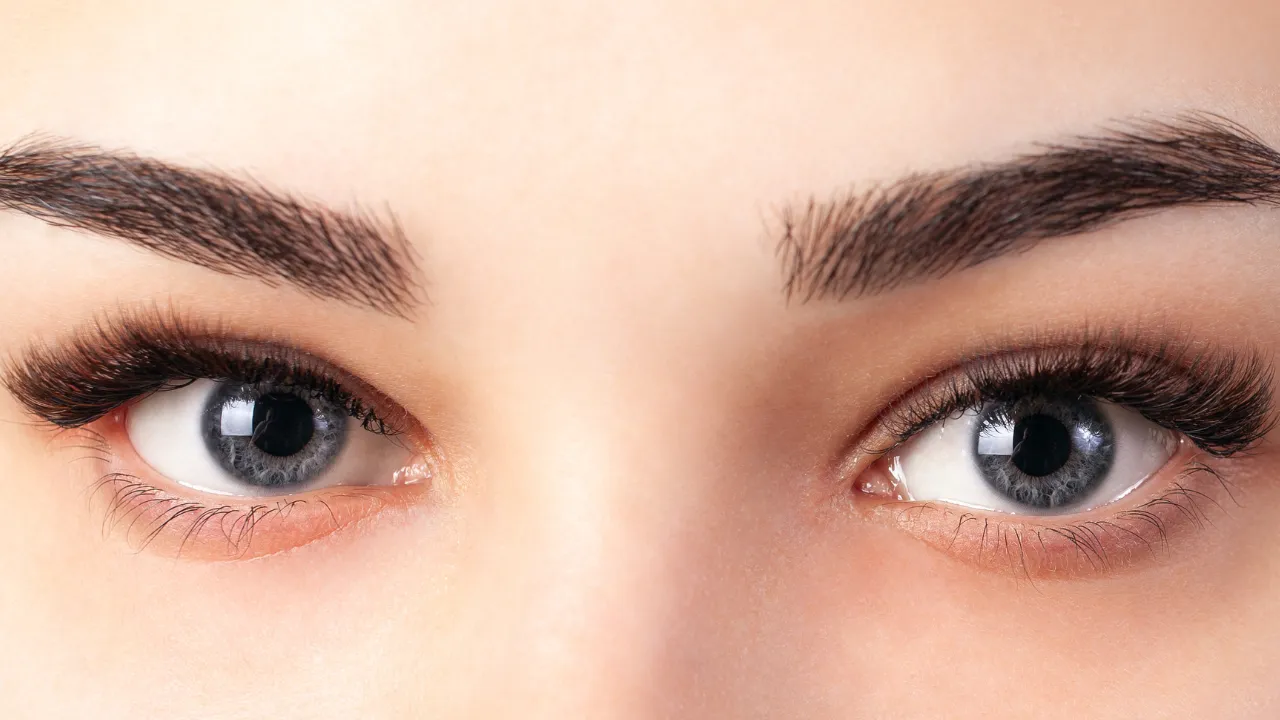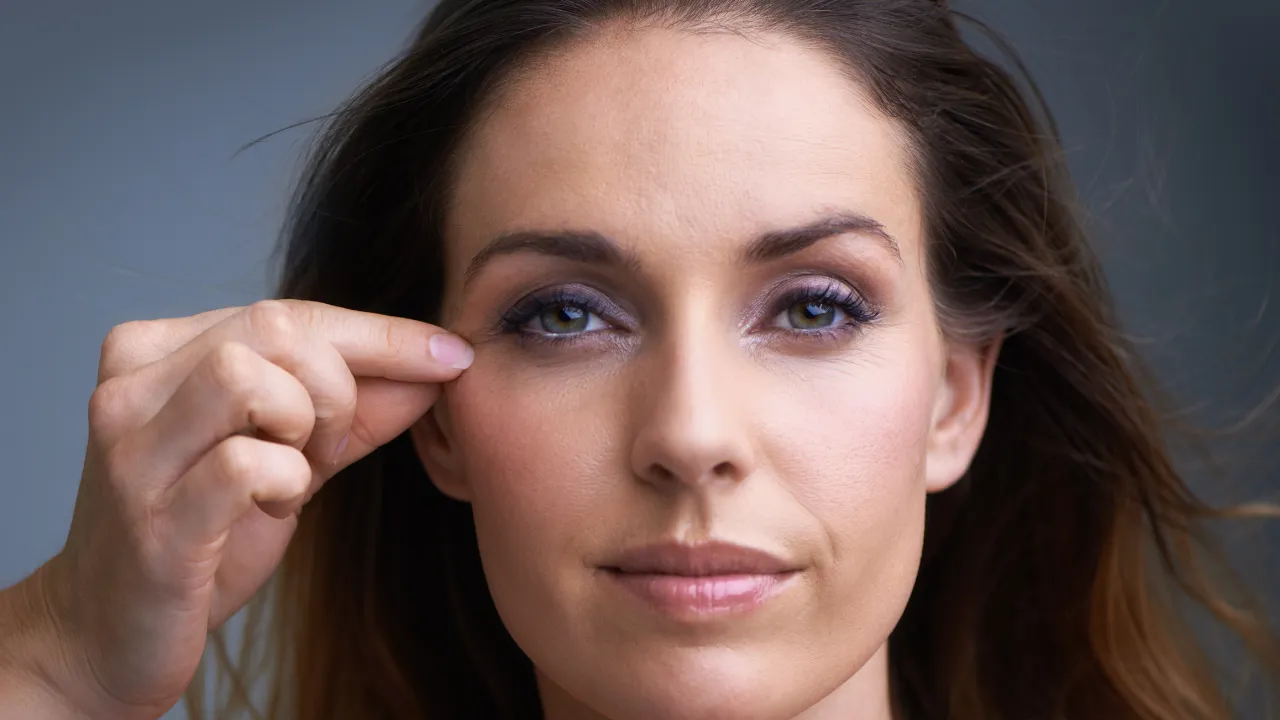Dr. Joel Kopelman, a leading facial plastic and oculoplastic surgeon at Kopelman Aesthetic Surgery in New York City, has treated patients for over 35 years. With his experience, he helps patients understand the benefits and risks of cosmetic treatments. One of the most common concerns patients ask about is under eye fillers side effects.
These side effects can include short-term reactions such as swelling and redness, as well as rare but serious complications. In this article, Dr. Kopelman’s expertise guides readers through what to expect, how to manage risks, and when treatment may not be the right choice.
Key Takeaways
- Under-eye fillers can safely reduce hollows and shadows, but common side effects like bruising, swelling, and redness usually appear in the first days after treatment.
- Rare complications such as vascular occlusion, the Tyndall effect, or filler migration require expert management and highlight the need for a skilled injector.
- Most patients recover within one to two weeks, with mild side effects resolving quickly and final results visible after about two weeks.
- Prevention depends on choosing a board-certified surgeon, following pre- and post-treatment instructions, and attending follow-up visits for early detection of issues.
- Alternatives like laser treatments, chemical peels, or blepharoplasty may be more suitable for some patients who are not good candidates for fillers.
Table of Contents
ToggleA note on patient safety
Under-eye fillers are a medical cosmetic procedure that should only be performed by trained, board-certified professionals. Choosing an experienced surgeon reduces the chance of complications and ensures proper management if side effects appear. Patient safety depends on both technique and follow-up care.
Are Under-Eye Fillers Safe?
Under-eye fillers are generally safe when performed by a qualified surgeon. They can reduce eye hollows and shadows, creating a refreshed look. Still, no treatment is risk-free, and safety depends on proper technique and patient selection.
Who is not suitable for treatment
Some people should avoid under-eye fillers:
- Patients with uncontrolled medical conditions, such as bleeding disorders.
- Those with active skin infections in the treated area.
- Individuals with unrealistic expectations about results.
Can fillers affect vision?
Though rare, under-eye filler complications may affect vision. This usually occurs if filler accidentally enters a blood vessel. Vision changes, sudden pain, or skin discoloration are signs that require urgent medical attention.
Most patients experience only temporary swelling or redness after treatment, and these effects fade quickly. Reassurance about recovery is an important part of patient care, as anxiety about rare risks is common.
With over 35 years of experience in facial plastic and oculoplastic surgery, Dr. Kopelman uses precise injection methods to reduce the chance of complications. His approach emphasizes safety while aiming for natural, balanced results.
Common Under-Eye Filler Risks
Minor side effects are common and usually resolve within a few days. These reactions are expected and should not cause long-term problems.
Bruising, swelling, and redness
Most patients notice swelling or bruising after injections. This may last several days, but typically improves with cold compresses and rest. Redness at the injection site is also common and fades quickly.
Infection or allergic reaction
Though uncommon, infections can occur when bacteria enter the injection site. Allergic reactions may also develop in sensitive patients. Signs include prolonged redness, pain, or pus and require medical evaluation.
Serious Complications
Severe reactions are rare but important to understand. They highlight why choosing an experienced surgeon like Dr. Kopelman is critical.
How complications develop
Some side effects occur because of how the filler interacts with blood vessels or skin layers. For example, if filler enters a small blood vessel, it can block circulation and cause tissue damage. When filler is placed too close to the skin surface in the tear trough area, light may reflect and create a bluish tint.
Long-term under-eye filler risks may include filler migration, where the product slowly shifts from the injection site, or the formation of granulomas, which are small lumps caused by the body’s immune response. These are rare but highlight the importance of careful technique and ongoing follow-up.
If complications do occur, treatments are available. Hyaluronic acid fillers can often be reversed with an enzyme called hyaluronidase. This option allows doctors to dissolve the filler if problems arise or if results are unsatisfactory.
Vascular occlusion
This occurs if filler blocks a blood vessel, leading to pain, skin blanching, or tissue damage. Immediate medical treatment is essential to restore blood flow and prevent scarring.
Tyndall effect
The Tyndall effect appears as a bluish tint under the skin. It happens when filler is injected too superficially. While not dangerous, it can be distressing and may require corrective treatment.
Recovery, Duration, and Results
Immediate reactions after treatment
Patients often notice swelling or mild discomfort right after injections. These reactions improve within a few days and are part of the normal healing process.
Long-term side effects
Most fillers last 6–12 months, but long-term issues may include persistent swelling, uneven texture, or migration of the product. These effects are uncommon but highlight the need for follow-up appointments.
Recovery time
Typical recovery time is short. Many patients return to daily activities immediately, though bruising or swelling may take one to two weeks to fully resolve.
Typical recovery timeline
- Day 1–2: Mild swelling, redness, and tenderness are common. Cold compresses can ease discomfort.
- Days 3–7: Bruising may appear but usually begins to fade. Most patients feel comfortable resuming normal routines.
- Week 2: Swelling resolves for most patients, and final results become more visible.
- After 1 month: Fillers settle fully, and the under-eye area appears smoother and more refreshed.

This timeline is general, and recovery varies by individual. Patients should follow their provider’s instructions for the safest and most predictable outcome.
How long do side effects last
Mild side effects such as redness or tenderness usually last 2–3 days. More noticeable bruising may take a week or more. If swelling or pain persists beyond two weeks, patients should consult their provider.
Before and after photos
Before-and-after photos can help set realistic expectations. They show how under-eye fillers improve shadows and dark circles, while also reminding patients that results vary depending on anatomy and technique.

Managing Risks and Next Steps
When to seek medical help
Patients should contact their provider if they notice:
- Sudden vision changes.
- Severe or increasing pain.
- Skin discoloration or blanching.
- Persistent swelling or infection.
How to reduce risks before treatment
- Choose a board-certified facial plastic or oculoplastic surgeon.
- Disclose medical history, including medications and allergies.
- Avoid blood-thinning substances (such as aspirin or alcohol) before treatment if advised by the surgeon.
Alternatives to under-eye fillers
Not everyone is a candidate for fillers. Alternatives may include:
- Laser treatments – improve skin texture and stimulate collagen.
- Chemical peels – reduce pigmentation and fine lines.
- Blepharoplasty surgery – a long-term option for significant under-eye bags or sagging skin.
How to prevent complications
Prevention begins before the procedure. Patients should follow pre-treatment advice, such as avoiding alcohol or blood-thinning medications. Using dermal fillers that are hyaluronic acid–based allows the option of reversal if needed.
The injection technique also matters. Surgeons may choose cannulas instead of needles to lower the chance of bruising or vascular injury. Scheduling follow-up visits helps ensure early detection and management of any concerns.
Most side effects are mild and temporary, while serious risks are uncommon. By understanding the relative likelihood of each complication, patients can feel reassured about making informed decisions.
Considering Treatment
Kopelman Aesthetic Surgery provides personalized care designed to minimize risks and achieve natural-looking results. Dr. Kopelman considers facial anatomy, volume loss, and individual goals when selecting the most appropriate types of fillers for each patient.
Contact the office today to schedule your consultation and take the first step toward a refreshed appearance.

